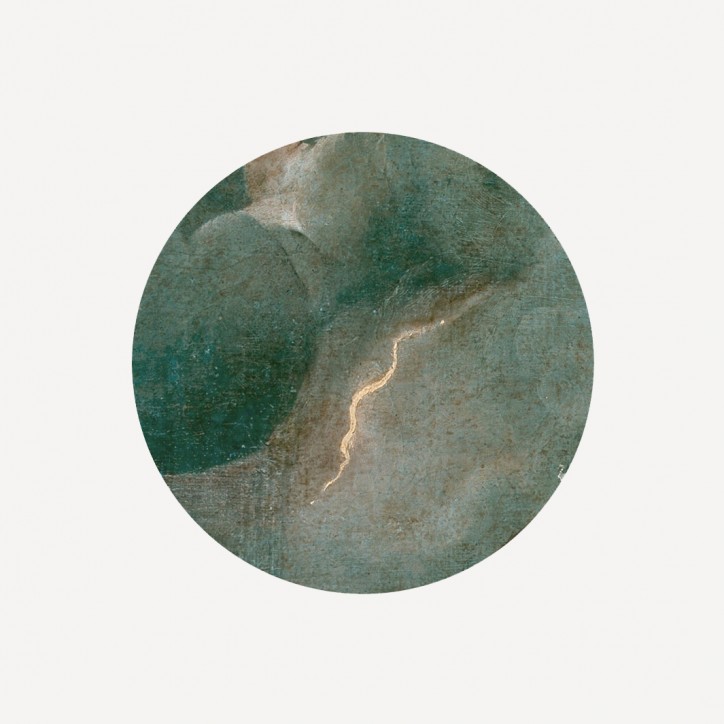
Reading time 4 minutes
Another instalment in our series of puzzles; you’ll find the solution below the detail from the painting.

La Tempesta (The Tempest) is a puzzle in and of itself – one of the most mysterious and controversial works of Western painting. Thus far, the ingenuity of art experts has not led to an unambiguous determination of what this is a painting of. As early as 1530, after seeing the painting








